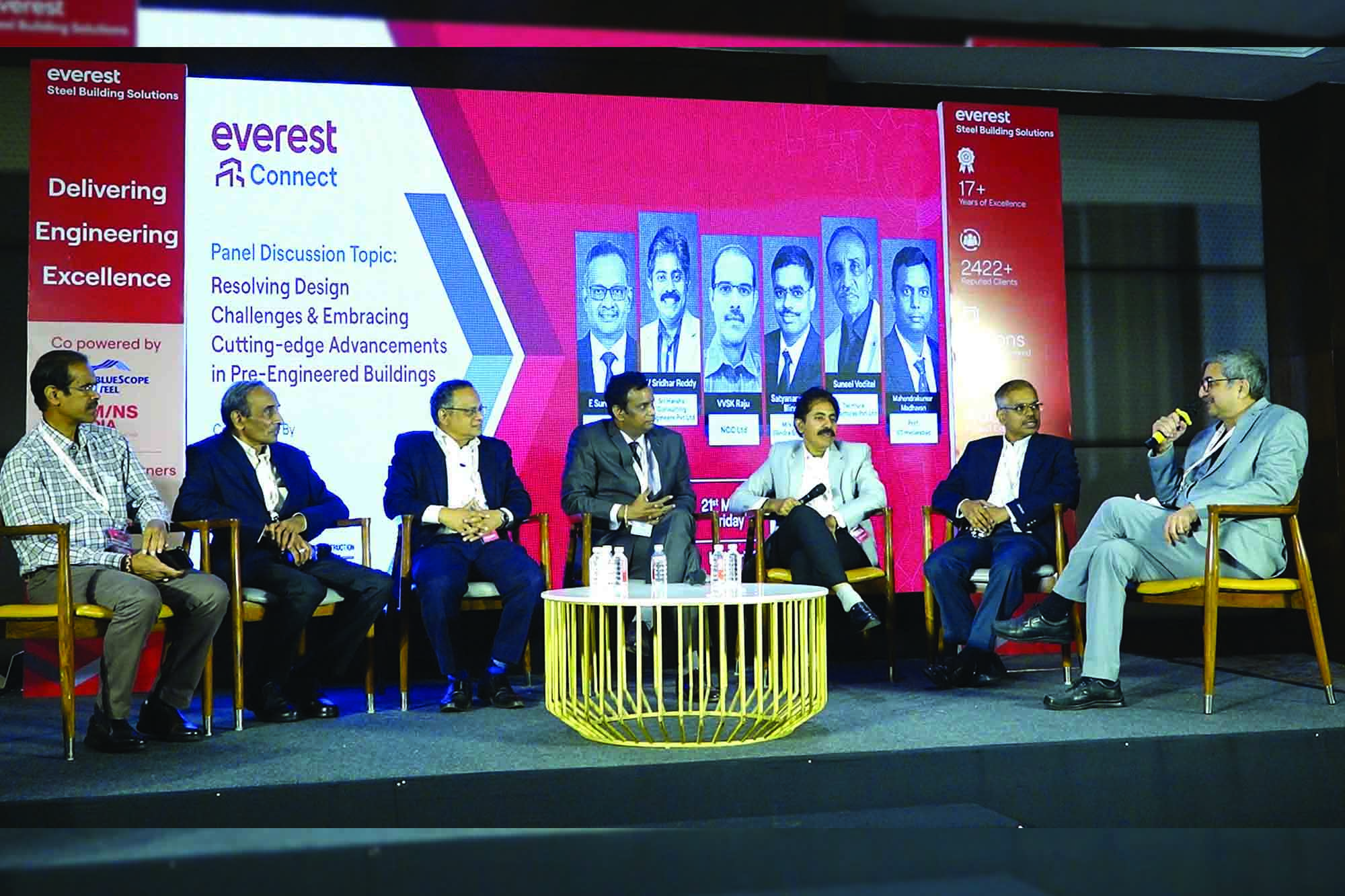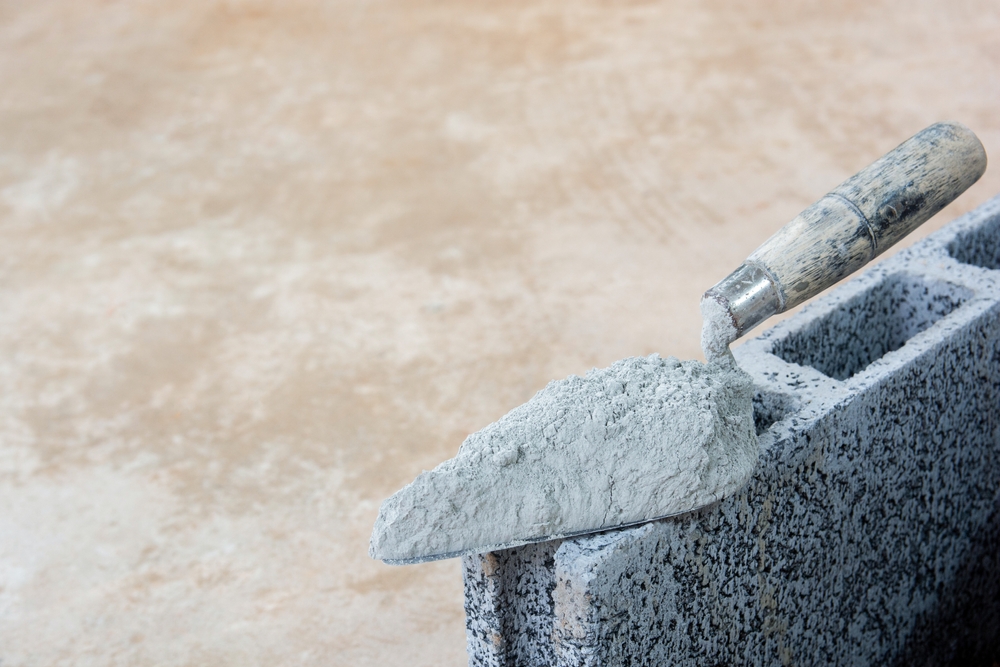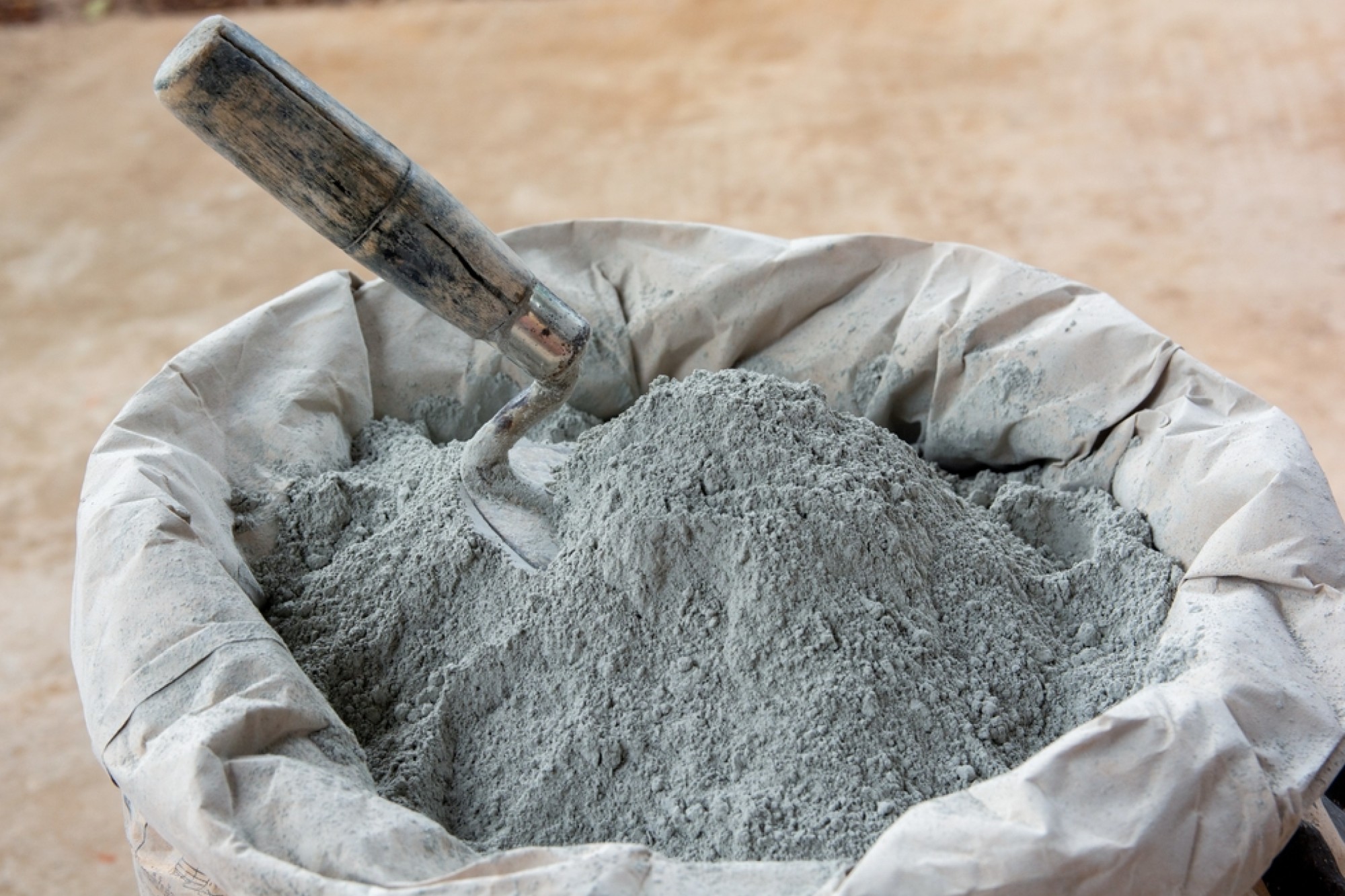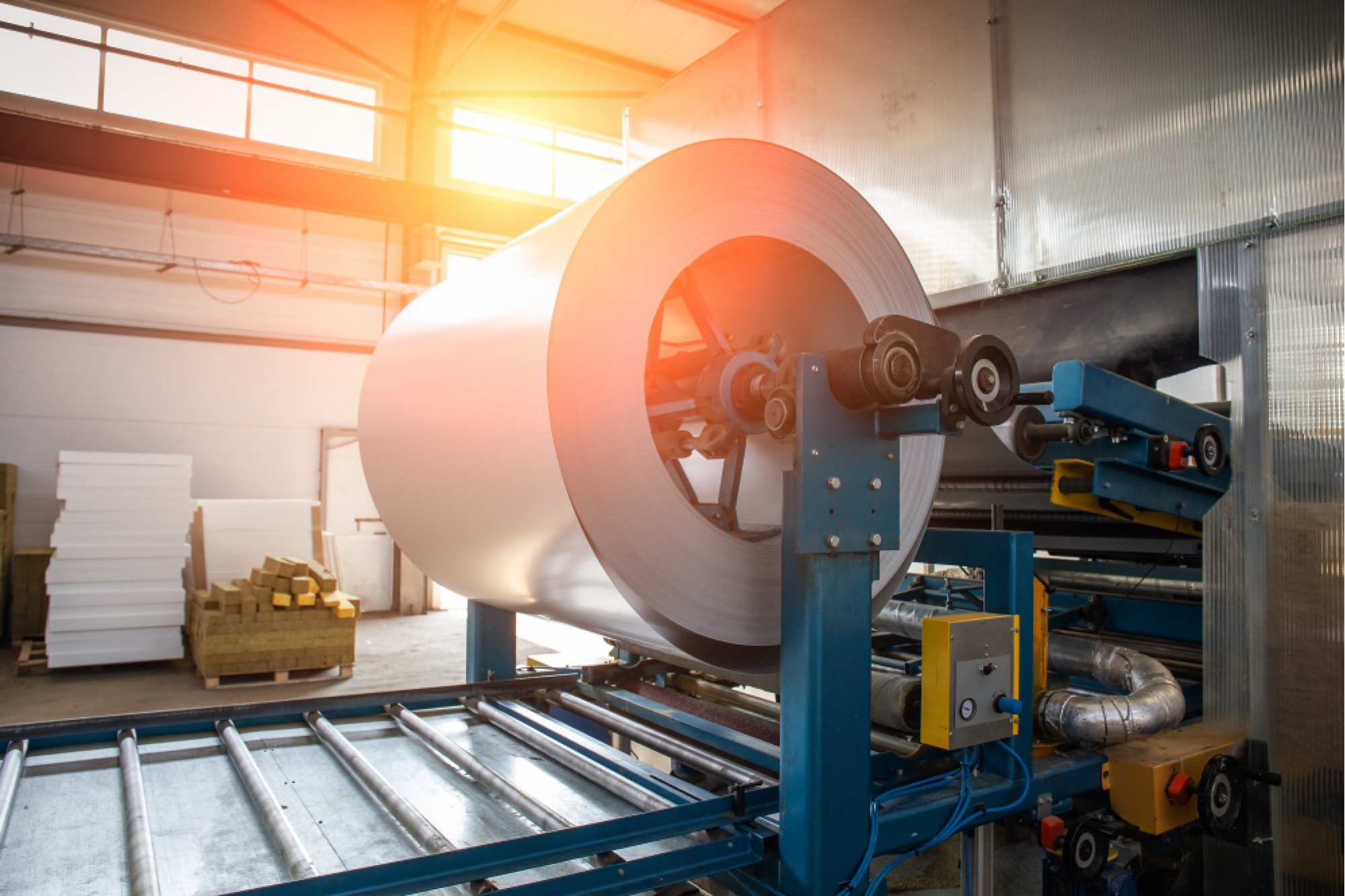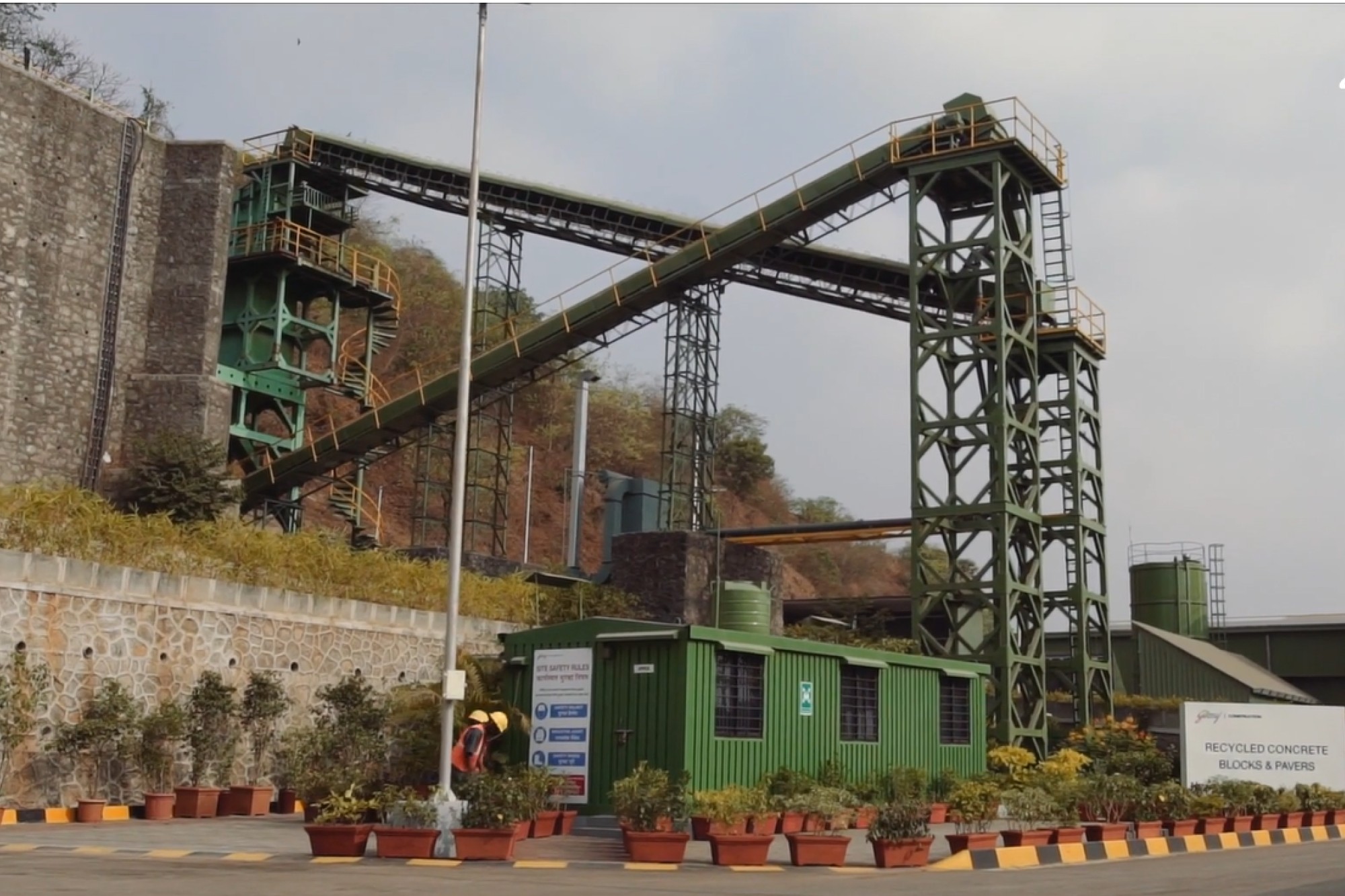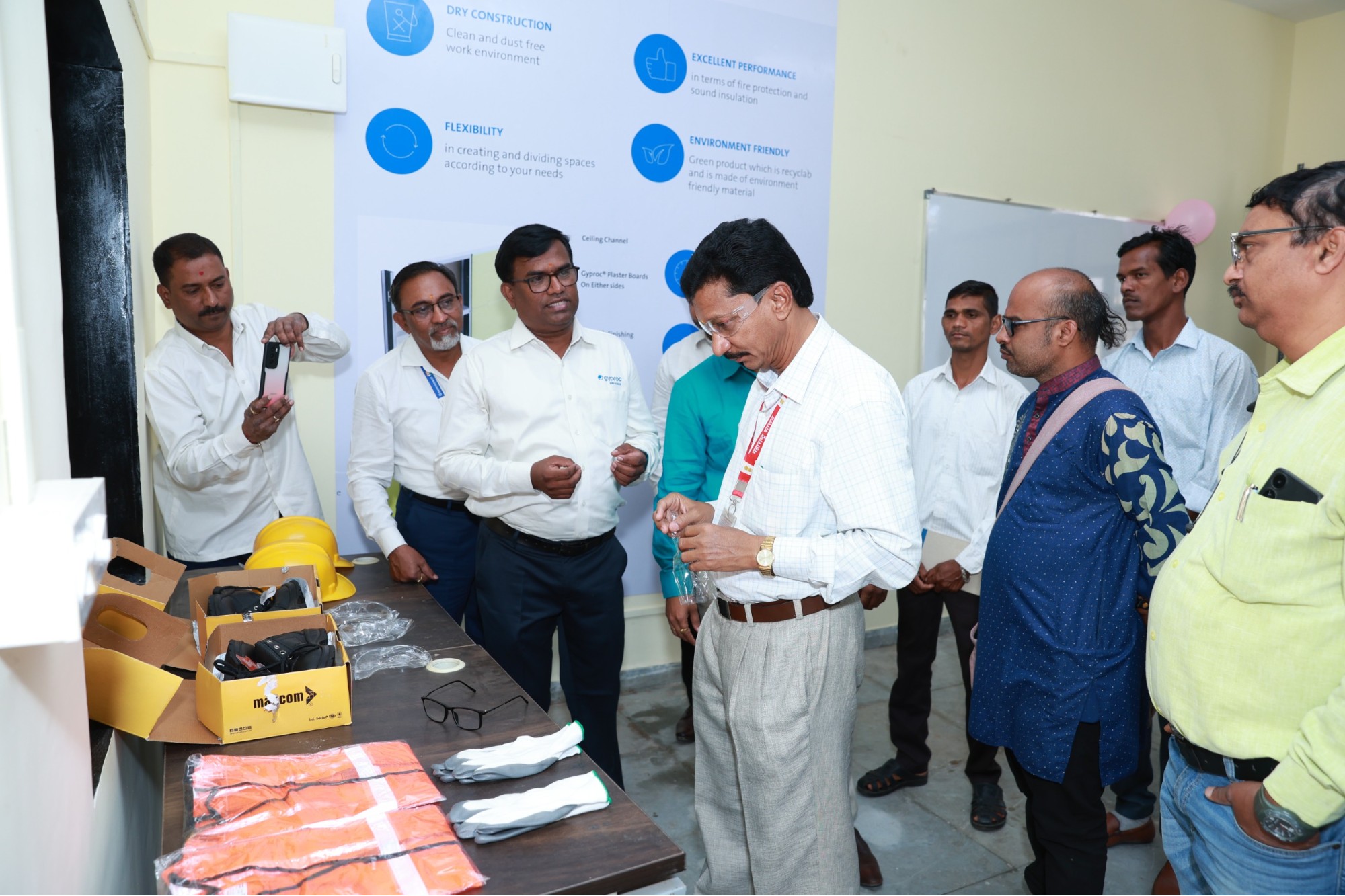What is the best way to insulate a steel building?
By Edit Team | June 20, 2014 9:08 am SHARE
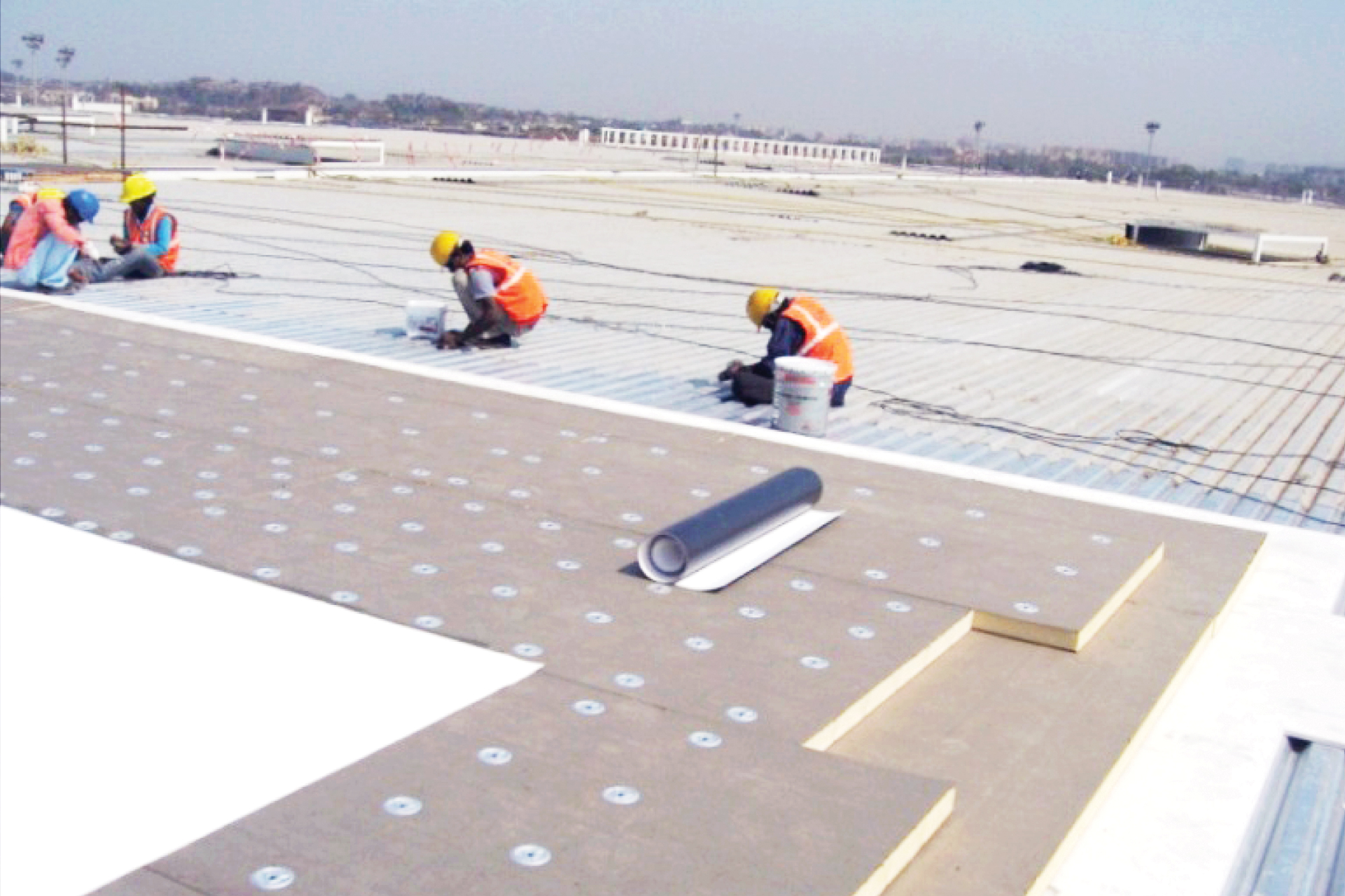
In steel buildings any type of temperature regulation could be a wasted effort if not insulated properly. Hence in order to lower energy costs, effective insulation is needed. However, the question arises is what is the best way to insulate a steel building?
Users today have found very large benefits in adopting PEB concepts for creating attractive new buildings. In its simplest form, PEB features rigid frame built-up primary structures with secondary structural arrangement to support the external covering of various types.
The steel building structures provide advantage of quick erection, aesthetic look and better protection. However, for tropical countries like India, major challenge is due to solar energy absorbed by the roof, heating the roof sheathing and causing the underside of the sheathing and the roof framing to radiate heat downward. Thus steel buildings can be frustrating structures to maintain. The heat can run constantly in the winter, with air conditioning in the summer, and yet hardly a difference can be felt on the inside.
Still, steel buildings nowadays have higher market penetration than before and they need to get insulated. Actually type of insulation depends on the nature of the steel buildings. Some of the major segments of steel buildings are industrial PEB, rail-depot, cold storage, warehouse, textile mills and light gauge residential. However, first of all, we need to understand why the insulation is needed for these steel buildings.
Need for insulation
When it comes to metal buildings, insulation addresses two important goals—stabilising the structure’s interior temperature and preventing moisture from entering or collecting via condensation.
Temperature controlled built environment is demanded in more and more projects today, whether in manufacturing facilities, retail outlets or in commercial complexes, since ensuring acceptable work environment is a matter of high importance among the users.
With extreme summer ambient temperature and humidity conditions obtaining in countries like India, users adopt many energy consuming systems to attain acceptable interior conditions. Where conditions are severe, HVAC systems, involving mechanical refrigeration, are employed to optimise indoor conditions involving expenditure of energy. In dry areas where summer conditions are nominal, acceptable indoor temperature conditions may be attained by ventilation featuring air washers, as in evaporative cooling systems.
“In all such cases, provision of an external insulated envelope is indeed an absolute necessity to prevent wastage of energy. In addition, designers may demand a high level of air and vapour tightness in the envelope as well,” says N Srinivas, Mentor at Llyod Insulations India Ltd. “In moderate environments, indoor conditions may be kept within limits merely by provision of insulation coupled with suitable natural or mechanical ventilation. Enclosures with air or vapour tightness may not be demanded in such cases.”
Safety matters
There is need for insulation from safety point of view as well. In addition to absolute weather integrity, all building envelope systems need to possess the required structural strength to meet external loads like wind and gust forces- positive, negative as well as cyclic. Again without exception, all building enclosures have to be safe against fire- both external and internal.
Ways to insulate steel buildings
The conventional insulation way or product does not offer a long-term effective solution and it rather becomes a costly affair due to high repair and maintenance costs or sacrificing the comforts.
Keeping in mind this issue and to overcome the same, Atul Khanna, General Manager, Supreme Industries Ltd., introduces its new product, “We have developed a cost effective solution to this perennial problem – INSUshield 5/6 mm composite with both side factory laminated aluminium foil, which works as a effective radiant heat barrier blocking the excess heat coming through the roof structure.”
INSUshield works on the principle of reflective heat insulation. The bright surface of aluminium foil has the ability not to absorb but to reflect more than 95 per cent of the infrared rays which strike it. Since aluminium foil has very low mass-to-air ratio, very little conduction can take place, particularly when only 5 per cent of the rays are absorbed. The amount of radiation emitted is a function of emissivity factor of the surface.
As the radiant barriers reduce only radiant heat transfer, the use of INSUshield helps in providing added advantage of barrier against conductive heat transfer. Reflection and emissivity by surfaces can only occur in space. The composite INSUshield can be installed very easily while erecting the roof panels by placing and fixing the sheet maintain an air gap of 20 mm or more. For existing structures installations can be carried out with the support of steel wire or wire mesh. Further, it is observed that the hotter the climate, the more beneficial the radiant barrier installation becomes.
Lloyd Insulations finds its way to better insulate the buildings. In applications where high noise transmission rating and good internal noise absorption are called for, the company offers built-up or factory finished solutions which are easily integrated into the metal building structures.
Llyod’s products like ROCKLOYD rock wool, ISOLOYD polyisocyanurate and LLOYDFOAM polyurethane (both pre-formed and in-situ sprayed) and LLOYDPANEL system, which is a metal faced factory finished sandwich panel for high efficiency structurally strong thermal insulation, provide the base for the company’s bespoke offerings.
“All these products, apart from high functional efficiency and robust strength, provide pleasing aesthetic elevations as well. Innovative concepts like hidden fastener fixing, horizontally laid disposition and a wide array of colours in which these can be offered give the architect an exciting set of options today,” believes Mr Srinivas.
Whereas assuring the performance of INSUshield, Mr Khanna comments, “The composite INSUshield when placed on the falls ceiling, much of the heat radiated from the hot roof is reflected back toward the roof. This makes the top surface of the falls ceiling cooler than it would have been without a radiant barrier and thus reduces the amount of heat that moves through the ceiling into the room.”
Supreme Industries believes that its composite INSUshield insulation solution is ideal for steel prefab structures, industrial sheds, textile units, automotive workshops etc.
Different buildings different needs
In practice, there are different types of steel buildings for various purposes. Hence, obviously these structures set different criterion for insulation according to their needs and application.
“Best way to insulate steel building is adopting right design and right execution strategy all at a time,” comments Biswajit Roy, Manager – Building Solution, U.P. Twiga Fiberglass Ltd.
Unconditioned steel buildings like warehouse and some industrial sheds require long and flexible insulation with tough facings. Polypropylene or high density reinforced aluminium based FSK laminated fibreglass wool with lateral facing extension is an option where blanket length can be in a range of 15m to 30 m. The insulation should have thermal resistance in a range of R(SI):1.2 to 2.1 sq.m.K/W for roof as well for the wall. Fire safe insulations complying non combustibility, Class P, Class ‘O’ /Class 1 rating are must.
For conditioned steel buildings like few areas of industrial shed, cold storage and light gauge residential, thickness of insulation need to be about 100 mm to comply thermal resistance R(SI)-3 sq.m.K/W. Again polypropylene or aluminium based low density (e.g 16 Kg/cu.m) and high thickness fibreglass insulation can be applied at roof and wall so that heat load is reduced and energy can conserved.
For textile mills the application of insulation need to be designed for humidity. Aluminium based vapour retarder can be used on both faces of the flexible insulation blanket that placed over the purlin. The metallic grids of the false ceilings also need to be insulated to avoid any possible condensation.
According to Mr Roy, while designing insulation for steel building, following checks need to be followed:
• What is the R-value needed for roof and wall as per the design?
• What is the best possible combination of light density and thicknesses that matches the R-value?
• Is the insulation non-combustible and meets all required fire safe criteria?
• Which facing option is having better strength to avoid weld mesh requirement?
However, the real task starts after finalising the design, which is nothing but the actual execution. Hence while executing insulation in a steel building following checks need to be applied:
• Is the laying of the insulation proper and applied under tension?
• Are the facing tabs are stapled to join laterally?
• Are the longitudinal joints made on the purlin?
• Are there any damage patches that need to be sealed?
The emerging trend of high speed and low energy intensive construction, insulated steel buildings would definitely play a key role. “High performing and sustainable fibreglass wool insulation is the answer for passive and futuristic architecture,” believes Mr Roy.
In all, proper insulation can save energy and in turn heating and air conditioning costs. Moreover, it can muffle sound from interior equipment or activity as well as exterior noise. Last but not the least; it can significantly improve return on investment. Thus to avail such benefits, it is essential to insulate steel buildings in best way.
Best way to insulate steel building is adopting right design and right execution strategy all at a time
– Biswajit Roy, Manager- Building Solution,
U.P. Twiga Fiberglass Ltd.
In moderate environments, indoor conditions may be kept within limits merely by provision of insulation coupled with suitable natural or mechanical ventilation
– N Srinivas, Mentor, Llyod Insulations India Ltd.
The composite INSUshield when placed on the falls ceiling, much of the heat radiated from the hot roof is reflected back toward the roof.
– Atul Khanna, General Manager, Supreme Industries Ltd.
Cookie Consent
We use cookies to personalize your experience. By continuing to visit this website you agree to our Terms & Conditions, Privacy Policy and Cookie Policy.


